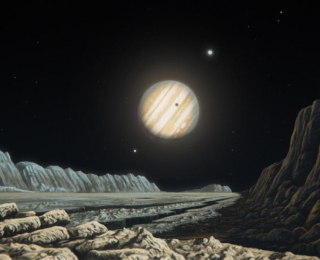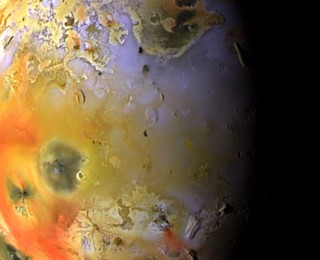
Viability of Inhabiting the Galilean Moons
When the day comes for humans to develop permanent places to live on other worlds, we’ll probably start with the Moon or Mars. How feasible would it be to live on the moons of Jupiter too?

When the day comes for humans to develop permanent places to live on other worlds, we’ll probably start with the Moon or Mars. How feasible would it be to live on the moons of Jupiter too?

Despite years of searching, we’ve yet to find an “exomoon”.
The authors of today’s paper suggest a new way to find them. Instead of the optical telescopes favoured by exoplanet searches, Noyola et al. turn to the giant radio telescopes. They suggest that they could be able to detect signals from extrasolar equivalents of one of the Solar system’s most extreme objects: Jupiter’s moon Io.

Among the many ideas proposed to explain the formation of our Solar system, one of the leading theories is the “Grand Tack”. This scenario suggests that, early in their formation, Jupiter and Saturn undertook a sweeping voyage, migrating from the outer Solar System to within the orbit of Mars. The two huge planets then entered an orbital resonance with each other, before their cosmic dance took them back out to their current positions. The model neatly explains, amongst other things, the current locations of Mars, the Asteroid Belt and the outer planets—which are hard to recreate in models assuming a more static Solar System.

It’s March 2, 1979. Two years ago, the Voyager spacecraft were launched on trajectories that will allow them to carry out their primary missions: the study of the outer Solar System, in particular Jupiter and Saturn. It’s just three days before Voyager 1’s closest approach to Jupiter. The paper that was published on March 2nd, 1979 in Science is a prediction for what the Voyager spacecraft might see on Io based on the orbital motions of these three satellites.